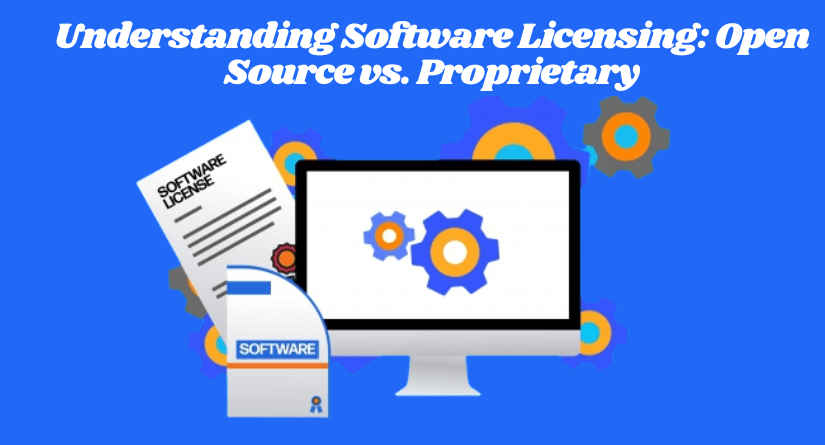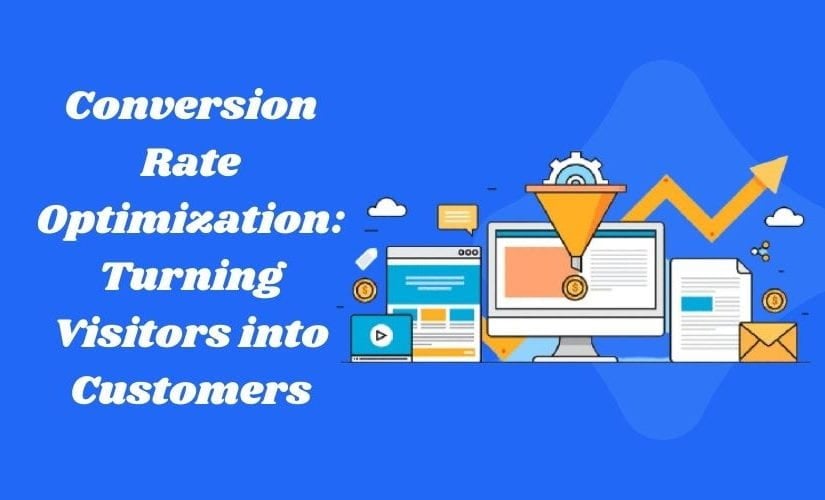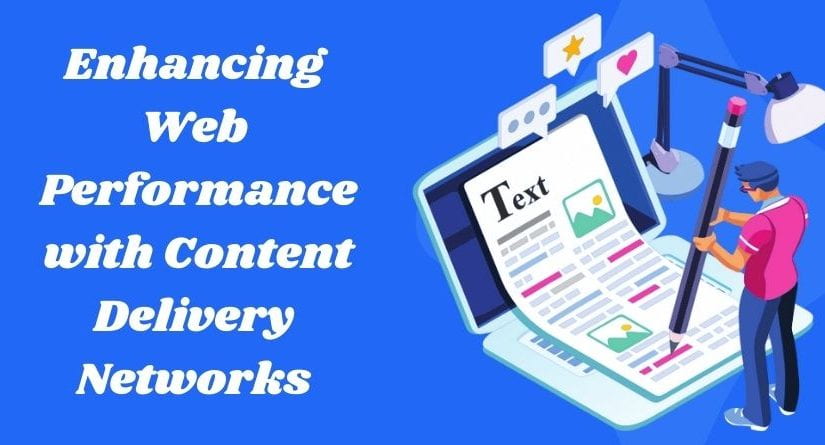Software licensing refers to the legal framework and terms for distributing, using, and protecting software. It establishes the rights and limitations for individuals, businesses, or organizations to access, install, modify, and distribute software. Software licensing is crucial in the software industry as it governs the relationship between the software creator (licensor) and the end-user (licensee). By defining the conditions of use, software licensing ensures that developers are compensated for their intellectual property and effort, while users are granted specific rights to utilize the software. Different types of software licenses exist, ranging from open-source licenses that provide users with extensive freedom and access to the source code, to proprietary licenses that retain strict control and ownership by the software’s developer. Understanding software licensing is essential for both software creators and users, as it helps them make informed decisions regarding software adoption, compliance, and compatibility with their specific needs and objectives.
Importance of Software Licensing: The importance of software licensing cannot be overstated, as it plays a critical role in the modern software ecosystem for both developers and end-users. Here are some key reasons why software licensing is essential:
1. Protection of Intellectual Property: Software licensing enables developers and creators to protect their intellectual property rights. By defining the terms and conditions of use, licensing ensures that the software remains the property of its developer, preventing unauthorized distribution, copying, or modification.
2. Revenue Generation: For software developers and companies, licensing is a means of generating revenue. By selling licenses or subscription models, developers can monetize their software and sustain ongoing development, updates, and support for their products.
3. Legal Compliance: Software licensing helps ensure legal compliance for both developers and users. It sets clear guidelines for how the software can be used, preventing misuse or illegal distribution, and helping businesses avoid potential legal liabilities.
4. Control over Distribution and Usage: Licensing gives developers control over how their software is distributed and used. They can choose between open-source licenses that promote wide distribution and collaboration or proprietary licenses that offer more control over who can access and modify the software.
5. Software Maintenance and Support: Properly licensed software often comes with maintenance and support services. Users can receive updates, bug fixes, and technical assistance, ensuring the software’s reliability and security over time.
6. Security and Reliability: Licensed software tends to be more secure and reliable compared to unauthorized or pirated versions. Licensed software undergoes quality assurance and is regularly updated to address vulnerabilities and enhance performance.
7. Compatibility and Interoperability: Licensing can help ensure that software components and libraries used within a project are compatible and properly licensed. This reduces the risk of legal disputes or issues arising from using incompatible or conflicting software.
8. Encouraging Innovation: Licensing options like open source can foster a collaborative environment where developers can build upon each other’s work, encouraging innovation and the rapid advancement of technology.
9. Consumer Confidence: For end-users, licensed software provides a sense of trust and confidence. Knowing that the software they are using is legitimately acquired and supported boosts user confidence in the product.
10. Clear Terms of Use: Licensing provides a clear understanding of the rights and limitations users have when using the software. This clarity helps users avoid unintentional violations and ensures they are aware of their responsibilities.
Key Characteristics of Open Source Software: Open-source software is characterized by the following key features:
a. Source Code Access: The most defining characteristic of open source software is that its source code is made freely available to the public. Users have the right to view, modify, and distribute the source code, fostering transparency and collaborative development.
b. Redistribution: Open-source software permits users to redistribute the software to others, either in its original form or after making modifications, under the same open-source license terms.
c. No Discrimination: Open source licenses do not discriminate against any individuals or groups, and everyone has equal access to the software and its source code.
d. No Restriction on Fields of Endeavor: Open source software can be used for any purpose, without any field-of-endeavor restrictions. This allows for versatility and broad applicability across various industries and use cases.
e. Community Collaboration: Open source projects often have active and diverse communities of developers, contributors, and users, fostering collaboration, knowledge-sharing, and continuous improvement.
Advantages of Open Source Software:
a. Cost-Effectiveness: Open-source software is usually free of charge, making it a cost-effective option for individuals, businesses, and organizations with budget constraints.
b. Transparency: Access to the source code promotes transparency, allowing users to inspect how the software functions, and ensuring there are no hidden malicious functionalities.
c. Flexibility and Customization: Users can modify the source code to suit their specific needs and customize the software, providing a high degree of flexibility and adaptability.
d. Community Support: Active open-source communities offer support, documentation, and troubleshooting assistance, creating a robust support network.
e. Security: With the source code accessible to the public, security vulnerabilities can be identified and fixed quickly, enhancing overall security.
Disadvantages of Open Source Software:
a. Lack of Official Support: While open source communities provide support, some projects may lack official dedicated support teams, leading to potential delays in issue resolution.
b. Learning Curve: Customizing open source software requires technical expertise, and users may face a learning curve to effectively modify and adapt the code.
c. Compatibility Issues: Some open source software may face challenges in compatibility with certain proprietary systems or other software.
d. Fragmentation: Multiple open-source projects addressing similar needs can lead to fragmentation, making it harder to choose the most suitable option.
e. Documentation and User-Friendliness: Not all open-source projects have comprehensive documentation or user-friendly interfaces, making it challenging for non-technical users.
Popular Open Source Licenses:
a. GNU General Public License (GPL): One of the most well-known open-source licenses, the GPL ensures that any derivative work based on the licensed software must also be released under the same GPL terms, promoting the open-source nature of the project.
b. MIT License: This permissive license allows users to freely use, modify, and distribute the software while requiring minimal obligations, such as retaining the original copyright notice.
c. Apache License: A permissive license that allows users to use, modify, and distribute software under certain conditions. It also includes an explicit grant of patent rights.
d. Mozilla Public License (MPL): Combines elements of copyleft and permissive licensing, allowing for the creation of derivative works under the MPL or other licenses, including proprietary licenses.
e. BSD Licenses: Various BSD licenses, such as the 3-Clause BSD and 2-Clause BSD, are permissive licenses that grant users significant freedom to use, modify, and distribute the software while requiring attribution and preserving the original copyright notice.
Proprietary Software:
Proprietary software, also known as closed-source software, refers to computer programs and applications whose source code is not made freely available to the public. In proprietary software, the source code is considered the intellectual property of the software developer or company, and access to it is restricted. The software is typically distributed in compiled or machine-readable form, making it challenging for users to view or modify the underlying code.
Key Characteristics of Proprietary Software: Proprietary software is characterized by the following key features:
a. Restricted Source Code Access: Unlike open source software, proprietary software’s source code is not freely available to the public. The source code is typically kept confidential and owned by the software developer or company.
b. Limited Redistribution: Proprietary software usually comes with strict licensing terms that limit or prohibit users from redistributing the software to others.
c. Licensing Fees: To use proprietary software, users are required to purchase licenses, and these licenses may be offered as one-time purchases or through subscription models.
d. Intellectual Property Protection: Proprietary software is protected by copyright and other intellectual property laws, giving the developer exclusive rights to control and distribute the software.
Advantages of Proprietary Software:
a. Professional Support: Proprietary software often comes with dedicated customer support, providing users with timely assistance and issue resolution.
b. Reliability and Stability: Proprietary software undergoes rigorous testing and quality assurance, leading to stable and reliable performance.
c. Integration and Compatibility: Proprietary software is designed to work seamlessly with other products and services offered by the same developer, ensuring compatibility and integration.
d. User-Friendly Interfaces: Proprietary software often focuses on user experience and may have intuitive interfaces, making it accessible to non-technical users.
e. Regular Updates and Maintenance: Developers of proprietary software typically release regular updates and patches, ensuring security and feature enhancements.
Disadvantages of Proprietary Software:
a. Cost: Proprietary software usually comes with licensing fees, making it potentially more expensive than open-source alternatives.
b. Limited Customization: Users of proprietary software may have limited control over customizing the software to suit their specific needs.
c. Lack of Transparency: Since the source code is not accessible, users may not fully understand how the software functions internally, raising concerns about transparency and potential security risks.
d. Dependency on Vendor: Vendor lock-in can lead to a dependency on the software developer for ongoing updates and support, making it challenging to switch to alternative solutions.
e. Inflexibility: Proprietary software may not be as flexible as open-source alternatives when it comes to integration with other systems or modifications to meet specific requirements.
Considerations for Choosing Software Licensing:
1. Project Requirements and Goals:When choosing software licensing, one of the primary considerations is aligning the licensing model with the project’s specific requirements and goals. Different projects may have varying needs, such as the level of customization required, the need for community collaboration, or compatibility with existing systems. For instance, if the project aims for a high level of customization and encourages community contributions, open-source licensing might be the more suitable choice. On the other hand, if the project involves sensitive proprietary technology that needs protection, a proprietary licensing model may be necessary to safeguard intellectual property and maintain exclusive control over the software.
2. Budget and Resource Constraints: Budget and resource constraints are significant factors when selecting software licensing. Open-source software, being generally free of licensing fees, can be an attractive option for organizations with limited financial resources. Moreover, the collaborative nature of open-source projects often provides cost-effective support through community contributions. On the other hand, proprietary software typically involves licensing costs, which can vary depending on factors such as the number of users, features required, and ongoing support fees.
3. Long-term Maintenance and Support: Long-term maintenance and support considerations are vital for the sustainability of any software project. Open-source projects often benefit from a broad community of contributors, which can lead to ongoing updates and support. However, the level of community support can vary, and projects with smaller communities might have limited long-term support. For critical software systems, organizations might prefer the assurance of dedicated vendor support provided by proprietary software developers. Proprietary software often includes formal service level agreements (SLAs) outlining guaranteed response times and support options.
Future Trends in Software Licensing:
1. Subscription and Usage-Based Models: Software licensing is moving away from traditional one-time purchases and toward subscription and usage-based models. Many software vendors now offer their products through monthly or annual subscription plans, providing users with regular updates, support, and access to the latest features. Usage-based models charge customers based on the actual usage of the software, making it more cost-effective for organizations with varying software needs.
2. Cloud-based Software as a Service (SaaS): The popularity of cloud computing and SaaS solutions is driving a shift towards software delivery through the cloud. SaaS eliminates the need for users to install and manage software locally, offering access to applications through web browsers. This model simplifies software deployment, updates, and maintenance, making it more convenient for end-users and reducing the burden on IT departments.
3. Hybrid Licensing Models: Some software vendors are adopting hybrid licensing models that combine elements of open source and proprietary licensing. This approach allows developers to release the core functionality of their software as an open source while offering premium features or additional services under a proprietary license. Hybrid models provide a balance between community collaboration and revenue generation.
4. Focus on Compliance and Security: With increasing concerns about data privacy and cybersecurity, software licensing is expected to place a greater emphasis on compliance and security measures. Software vendors will likely incorporate strict licensing terms to ensure proper usage and reduce the risk of unauthorized access or data breaches.
5. Decentralized and Blockchain-based Licensing: Blockchain technology has the potential to revolutionize software licensing by providing a decentralized, transparent, and immutable system for managing licenses. Smart contracts on blockchain networks could automatically enforce licensing terms, track software usage, and enable instant micropayments for software access.
6. Integration of AI and Licensing: Artificial Intelligence (AI) is likely to play a role in software licensing, enabling vendors to analyze usage patterns, predict licensing needs, and optimize pricing models based on customer behavior and demand.
Conclusion:
In conclusion, software licensing is a fundamental aspect of the software industry that governs the distribution, usage, and protection of software. The choice of licensing model has a profound impact on developers, businesses, and end-users, influencing everything from revenue generation and legal compliance to project sustainability and user experience. Open-source software licensing offers numerous advantages, including cost-effectiveness, transparency, community collaboration, and flexibility. It empowers developers to harness the collective power of a diverse community, leading to rapid innovation and continuous improvement. However, open-source software may face challenges in terms of professional support, compatibility, and potential fragmentation. Ultimately, the success of a software project hinges on selecting the most appropriate licensing model that aligns with the project’s goals, user needs, and organizational objectives. As the software landscape evolves, it is crucial for developers and users to stay informed about emerging licensing trends and make well-informed decisions to foster innovation, security, and success in the dynamic world of software development.




